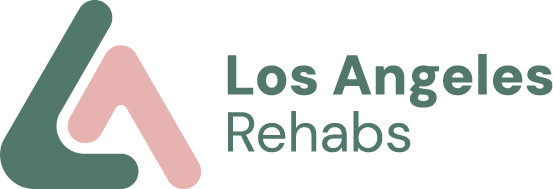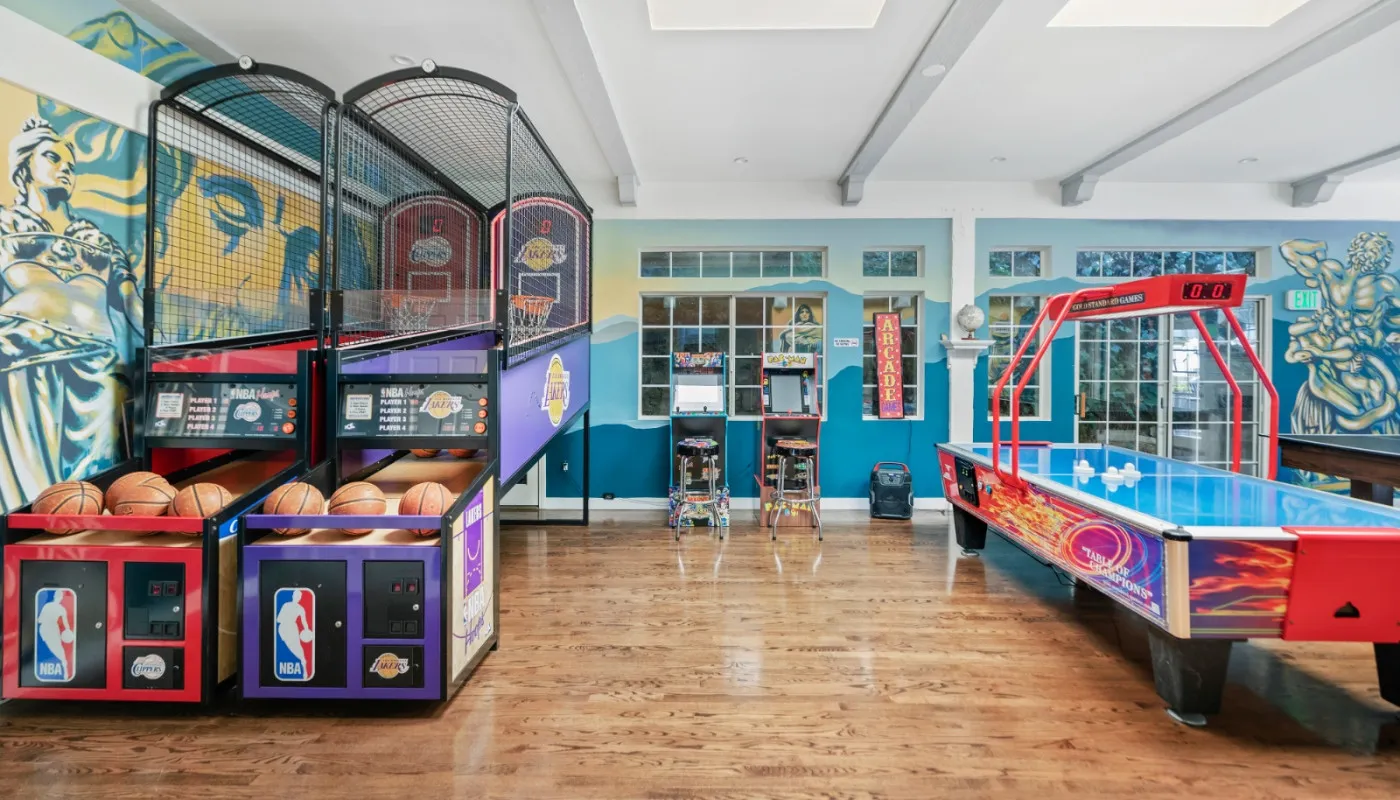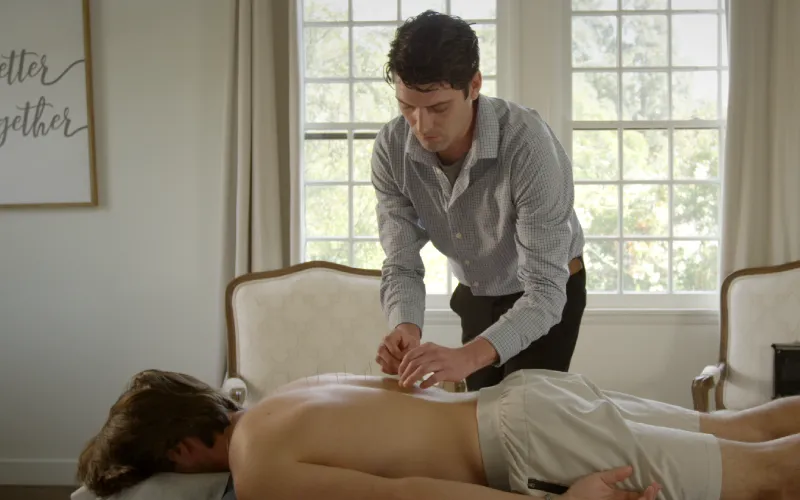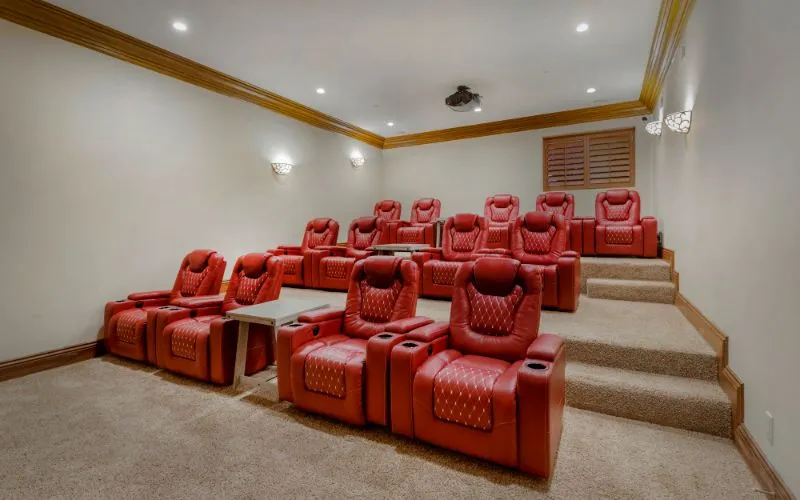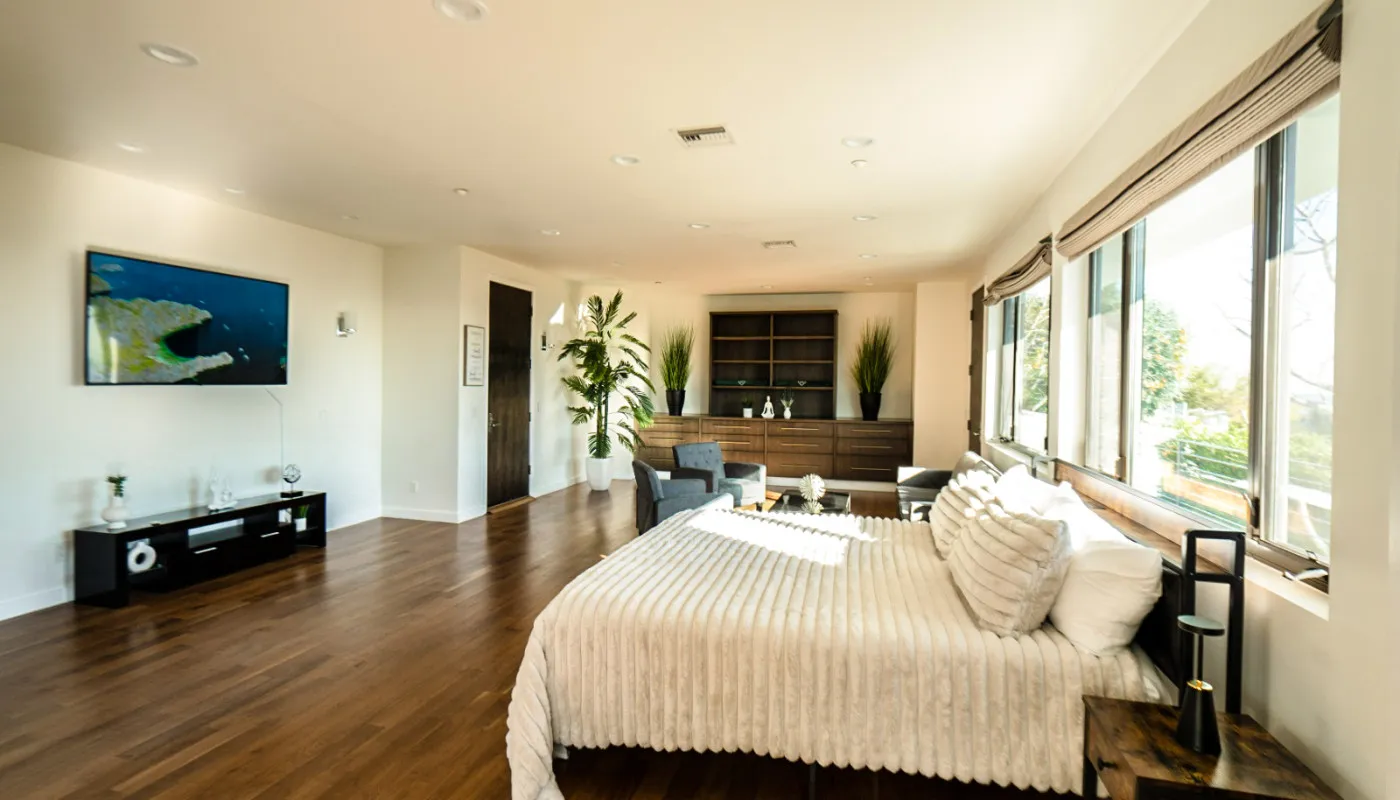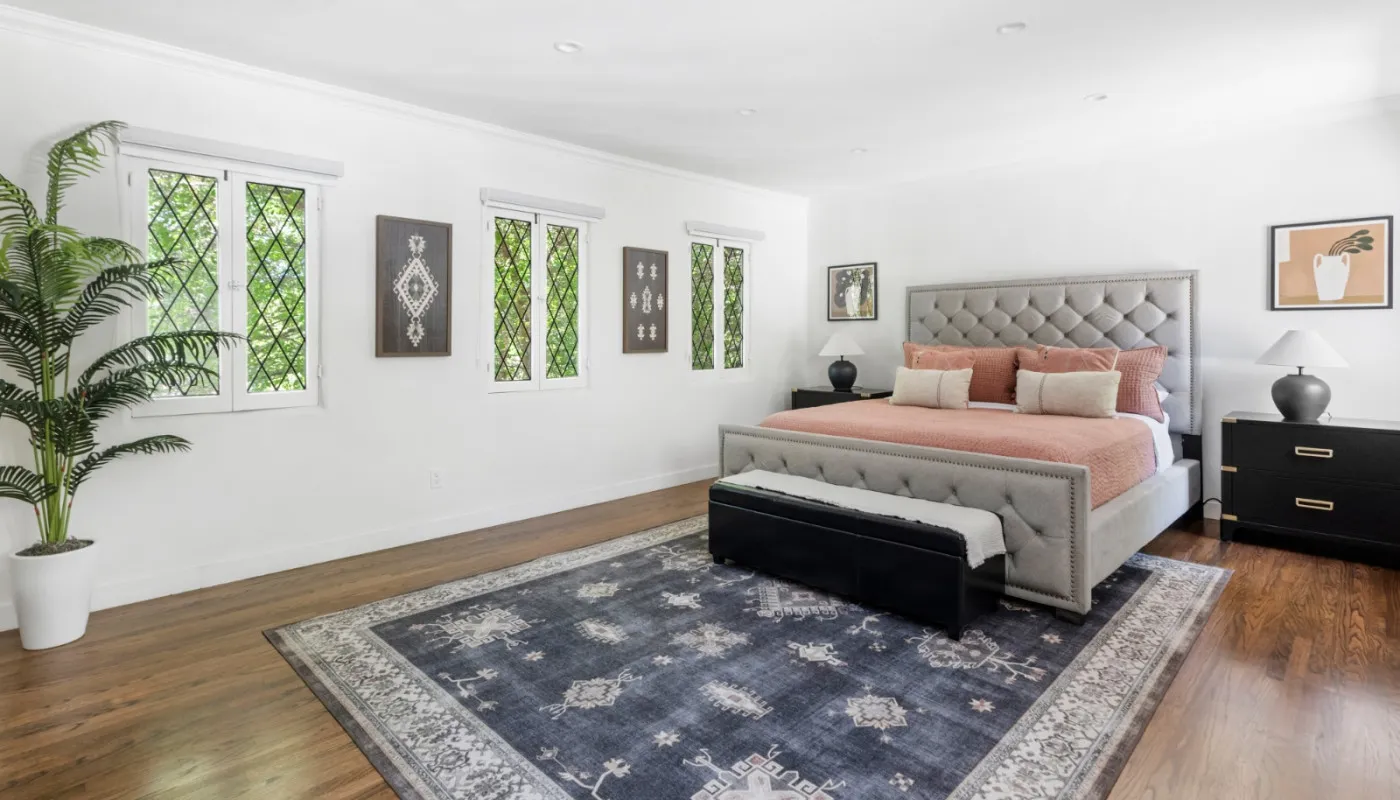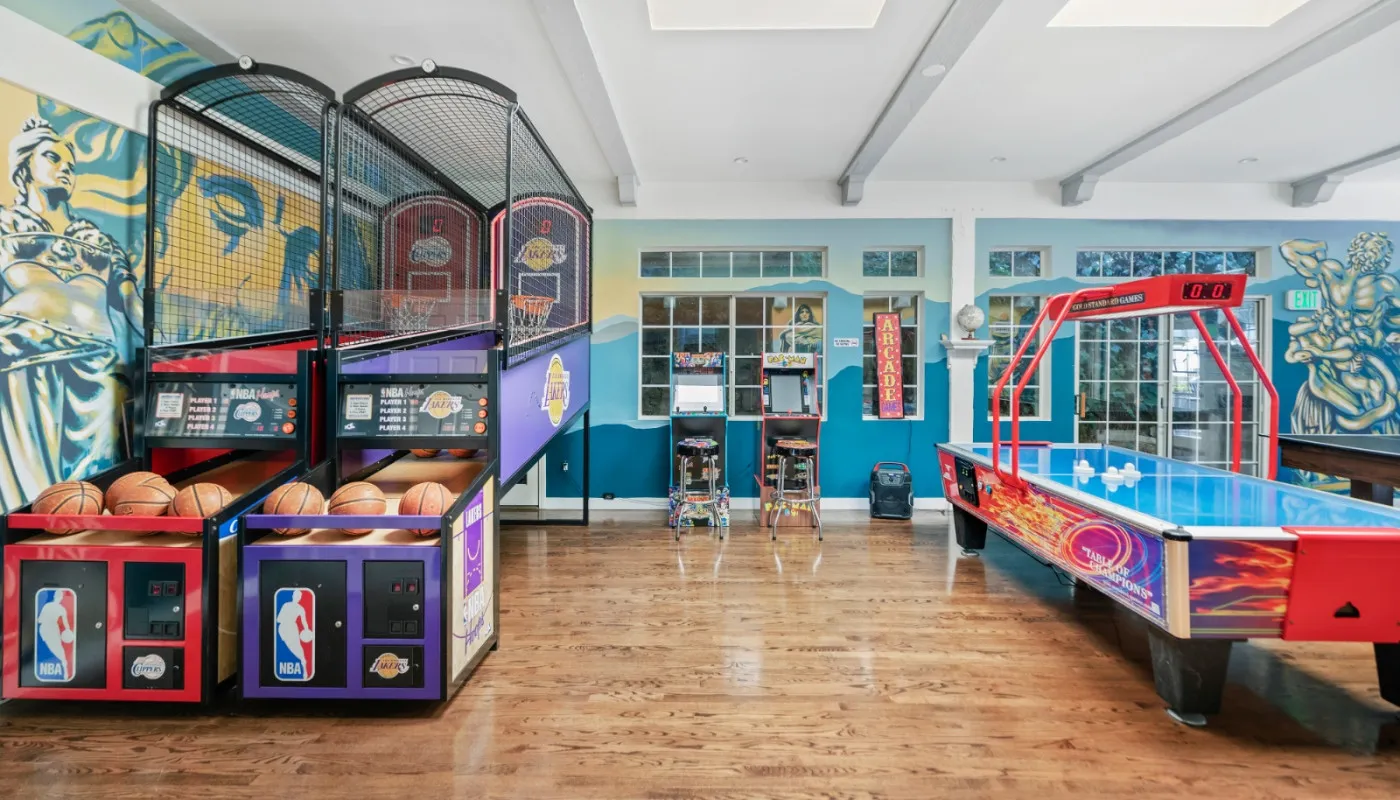Programs for individuals with mild disabilities provide personalized support to address mental health or addiction challenges alongside physical or cognitive needs. Therapies focus on building confidence, improving independence, and fostering well-being in a compassionate, inclusive environment.
Ads
More Info
Advertisement Disclosure
Our website is funded by advertisers who pay for prominently labeled placements.
Read More12 Rehab Centers were found
Filters
Locations
- Los Angeles(+98)
- Culver City(+14)
- Westlake Village(+13)
- Woodland Hills(+11)
- Beverly Hills(+10)
- Santa Monica(+9)
- Sherman Oaks(+7)
- West Hollywood(+6)
- Malibu(+5)
- Chatsworth(+5)
- Pasadena(+5)
- Encino(+5)
- Redondo Beach(+4)
- Lancaster(+4)
- Reseda(+4)
- Studio City(+4)
- Northridge(+3)
- San Mateo(+3)
- Lynwood(+3)
- Vernon(+3)
- Van Nuys(+3)
- Tarzana(+3)
- North Hollywood(+3)
- Glendale(+3)
- Gardena(+3)
- Riverside(+3)
- Granada Hills(+2)
- Shadow Hills(+2)
- Venice(+2)
- Orange County(+2)
- Pomona(+2)
- West Hills(+2)
- Valley Village(+2)
- Burbank(+2)
- Brentwood(+2)
- Long Beach(+2)
- Sun Valley(+1)
- Torrance(+1)
- San Jacinto(+1)
- San Pedro(+1)
- Upland(+1)
- Whittier(+1)
- Toluca Lake(+1)
- Thousand Oaks(+1)
- Simi Valley(+1)
- Mission Viejo(+1)
- Acton(+1)
- Beaumont(+1)
- Wilmington(+1)
- Panorama City(+1)
- Anaheim(+1)
- Laguna Hills(+1)
- Inglewood(+1)
- Alhambra(+1)
- Rosemead(+1)
- Maywood(+1)
- Manhattan Beach(+1)
- Monterey Park(+1)
- Claremont(+1)
- Covina(+1)
- La Puente(+1)
- Pico Rivera(+1)
- San Fernando(+1)
- Azusa(+1)
- Santa Fe Springs(+1)
- Glendora(+1)
- Agoura Hills(+1)
- El Segundo(+1)
- Duarte(+0)
- Sunland(+0)
- Downey(+0)
- Cudahy(+0)
- El Monte(+0)
- Compton(+0)
- Hermosa Beach(+0)
- Cerritos(+0)
- Calabasas(+0)
- Bellflower(+0)
- Bell Gardens(+0)
- Avalon(+0)
- Arcadia(+0)
- Altadena(+0)
- Paramount(+0)
- South El Monte(+0)
- Walnut(+0)
- West Covina(+0)
- Santa Clarita(+0)
- San Gabriel(+0)
- San Dimas(+0)
- Rolling Hills(+0)
- Orange(+0)
- Hawaiian Gardens(+0)
- Palmdale(+0)
- Norwalk(+0)
- Montebello(+0)
- Lakewood(+0)
- South Pasadena(+0)
- Carson(+0)
- Hawthorne(+0)
Conditions
- Drug(+278)
- Alcohol(+219)
- Mental Health(+195)
- Opioid(+193)
- Cocaine(+184)
- Trauma(+180)
- Methamphetamine(+177)
- Benzodiazepines(+174)
- Heroin(+173)
- Prescription Drugs(+159)
- Depression(+152)
- Anxiety(+149)
- Xanax(+145)
- Synthetic Drugs(+138)
- PTSD(+133)
- Adderall(+131)
- Marijuana(+112)
- Bipolar(+109)
- Ecstasy(+104)
- MDMA(+99)
- Behavioral Health(+93)
- LSD(+93)
- Psychedelics(+91)
- Fentanyl(+71)
- Stress(+71)
- OCD(+69)
- Personality Disorders(+63)
- ADHD(+61)
- Gambling(+38)
- Eating Disorders(+35)
- Anorexia(+34)
- Binge Eating Disorder(+34)
- Bulimia(+33)
- Schizophrenia(+32)
- Gaming(+28)
- Internet Addiction(+27)
- Sex Addiction(+25)
- Burnout(+23)
- Pornography(+22)
- Shopping(+10)
- Narcissism(+8)
Insurances
- BlueCross BlueShield(+129)
- Aetna(+126)
- Anthem(+105)
- Cigna(+105)
- United Healthcare(+66)
- Humana(+63)
- Optum(+53)
- Medicaid(+53)
- MHN(+51)
- Magellan Health(+47)
- Kaiser Permanente(+39)
- Medicare(+31)
- GEHA(+31)
- ComPsych(+29)
- Highmark(+25)
- AmeriHealth(+13)
- Tufts Health(+11)
- Oscar(+9)
- CareFirst(+9)
- Molina Healthcare(+8)
- Intermountain Healthcare(+6)
- Beacon Health Options(+2)
- UMR(+2)
- NYSHIP(+2)
- ILWU(+2)
- Geisinger(+2)
- Empire Life(+2)
- Empire BCBS(+2)
- Bright Health(+2)
- GuideWell(+1)
Therapies

$36,000 - $46,000 - 30+ days
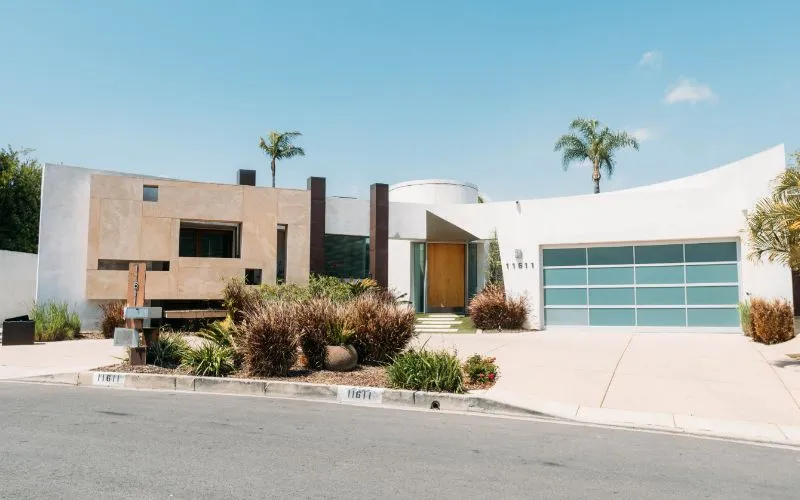
$40,000/month - 30 days

$30-$45,000

$1,875-$3,750 (5-10 Days)
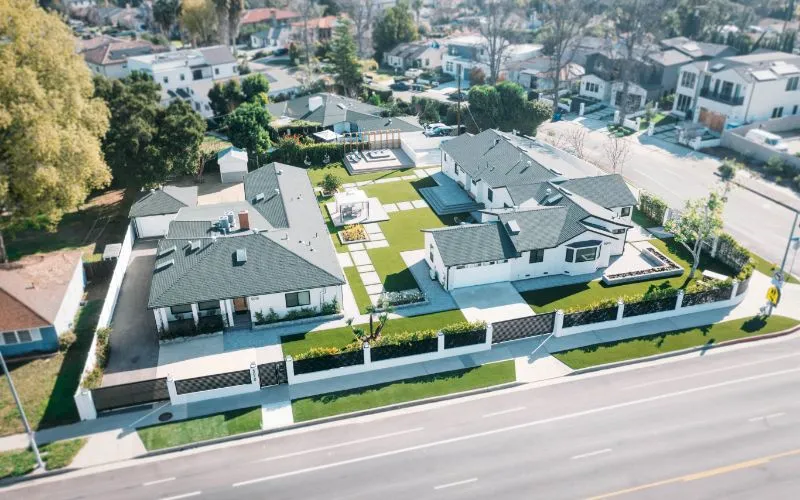
$7,500 - $45,000 - 5-30+ days

$30-$45,000
Rehabilitation for Mild Disabilities: Personalized Support for Independence and Growth
Rehabilitation programs for mild disabilities focus on enhancing functional abilities, fostering independence, and improving quality of life through tailored therapies and community-based strategies. Whether addressing mild intellectual disabilities, neuromusculoskeletal challenges, or developmental delays, these programs prioritize adaptive skills, motor function, and social integration. Below, we explore evidence-backed approaches and practical insights to guide individuals and families toward effective care.
Understanding Mild Disabilities
Mild disabilities encompass conditions that impact learning, motor skills, or daily functioning but allow individuals to achieve independence with targeted support. Examples include:
- Mild intellectual disability (MID): Challenges in reasoning, learning, and adaptive behaviors, often managed with skill-building therapies.
- Neuromusculoskeletal disabilities: Mild mobility or balance issues requiring physical reconditioning.
- Developmental delays: Subtle lags in speech, motor skills, or social interaction addressed through early intervention.
Research shows structured rehabilitation can significantly improve outcomes, such as a 6.7% increase in muscle strength and 15% balance improvement in children with MID after six months of therapy.
Core Components of Effective Programs
1. Personalized Therapy Plans
Programs are tailored to individual needs, combining:
- Physical rehabilitation: Aerobic, strength, and balance exercises to improve motor function. For example, a six-month regimen with seated forward bends and standing long jumps boosted flexibility and limb strength in children with MID.
- Cognitive-behavioral strategies: Techniques to enhance problem-solving, emotional regulation, and adaptive behaviors.
2. Family and Community Involvement
- Caregiver training: Teaches families to reinforce therapeutic strategies at home, such as calming techniques or positive reinforcement.
- Community-based rehabilitation (CBR): Integrates local resources (e.g., schools, clinics) to support daily living skills and social participation.
3. Holistic Health Integration
- Nutritional guidance: Addresses dietary needs linked to energy levels and physical health, particularly for those with obesity-related challenges.
- Mental health support: Counseling or peer groups to combat anxiety or low self-esteem, though studies note gaps in mood improvement without dedicated psychological interventions.
4. Academic and Life Skills Development
Collaboration with educators ensures continuity in learning, with occupational therapy to improve handwriting, time management, or self-care tasks like dressing.
Benefits of Specialized Rehabilitation
Improved Motor Function
Programs emphasizing balance and coordination reduce fall risks by 15% and enhance daily mobility, as seen in home-based rehab for neuromusculoskeletal conditions.
Enhanced Independence
Skill-building in communication, self-care, and decision-making empowers individuals to navigate school, work, and social settings with minimal assistance.
Social and Emotional Growth
Group activities and peer support reduce isolation, fostering confidence and community engagement. For children with MID, structured play therapy improves teamwork and emotional expression.
Prevention of Secondary Complications
Early intervention minimizes risks of obesity, contractures, or mental health decline tied to inactivity.
Choosing the Right Program
Accreditation and Expertise
Prioritize facilities with licensed therapists trained in mild disability care. Look for certifications from bodies like CARF or The Joint Commission.
Customization
Opt for programs offering:
- Multidisciplinary teams: Physical therapists, occupational therapists, and psychologists collaborating on individualized goals.
- Flexible settings: Home-based rehab for convenience or center-based programs for structured social interaction.
Progress Tracking
Regular assessments using tools like the Berg Balance Scale or adaptive behavior inventories ensure measurable improvement.
Breaking Barriers to Care
Stigma and limited awareness often delay rehabilitation. However, early engagement with tailored programs can transform mild disabilities into opportunities for growth. If you’re seeking support for yourself or a loved one, explore our directory of accredited rehabilitation programs specializing in mild disabilities. Filter by location, therapy types, and insurance acceptance to find a provider aligned with your needs.
Recovery begins with the right guidance. Start your search today.
Frequently Asked Questions
What types of mild disabilities do these programs serve?
Are therapies adapted for cognitive or physical limitations?
Can families participate in therapy sessions?
How long does rehabilitation typically take?
Ads
More Info
Advertisement Disclosure
Our website is funded by advertisers who pay for prominently labeled placements.
Read More